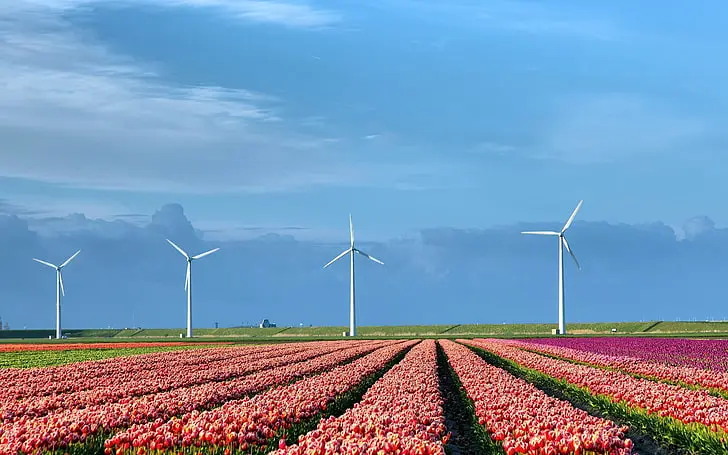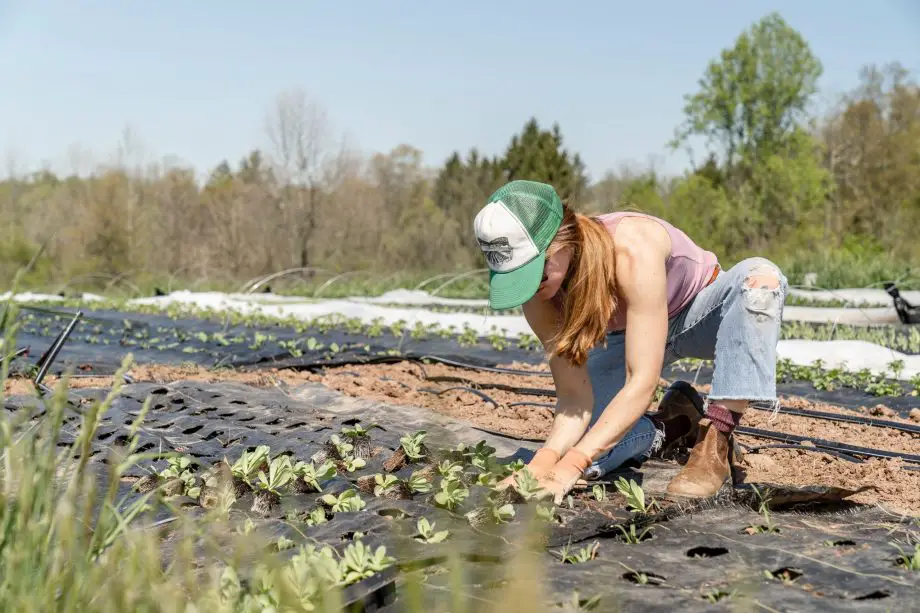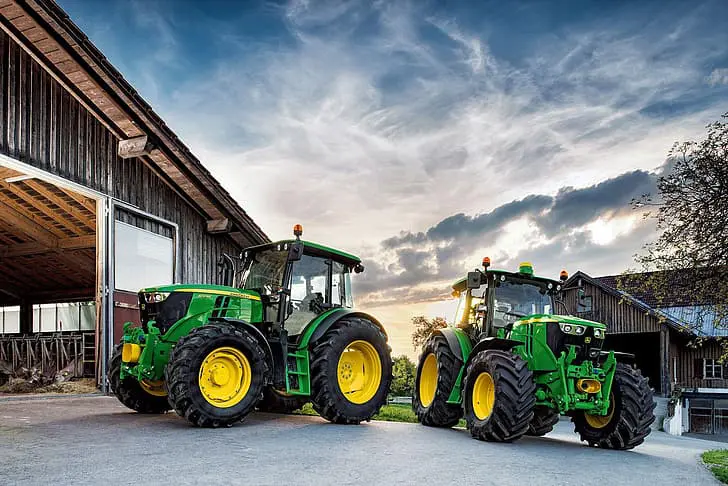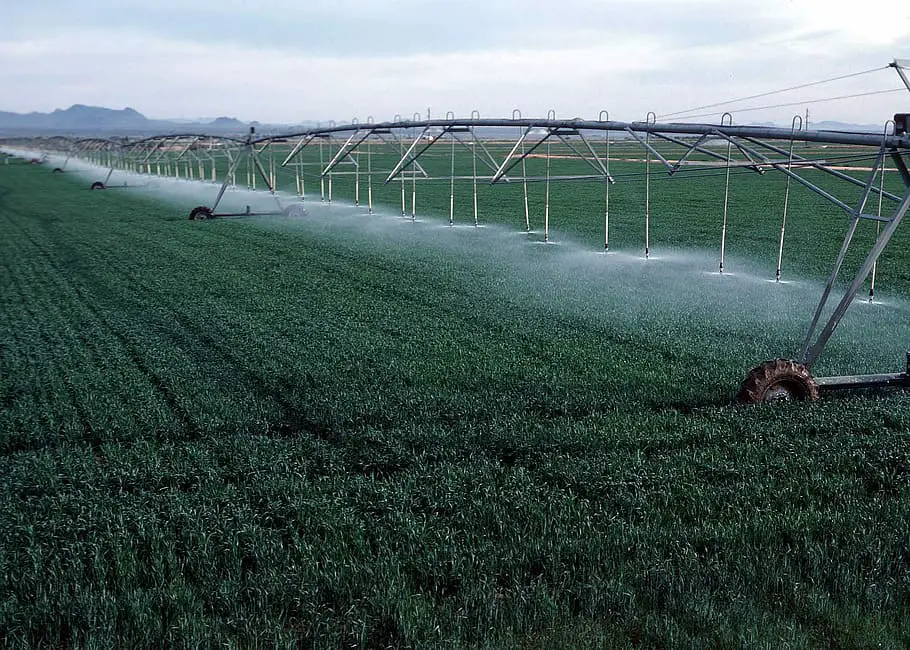
Curious about a greener future? Discover How urban farming can reshape our cities. Dive into the economic, social, and environmental perks of turning urban spaces into thriving farms!
So, you’re pondering the big question: “How can urban farming reshape our cities?” Well, you’re in the right place to find out!
We’re diving into an eco-friendly future where vacant lots become lush gardens and skyscraper rooftops turn into vertical farms.
Stick around to explore how this green revolution is transforming our urban landscapes for the better!
How Can Urban Farming Reshape Our Cities?
Urban farming can reshape our cities by turning unused spaces into productive green areas, providing local and fresh produce, and reducing the carbon footprint. It creates job opportunities, enhances community engagement, and contributes to a sustainable local food system. Overall, it offers a multi-benefit solution to urban challenges.
The ever-increasing urban population and the corresponding challenges of climate change and food security have nudged us to look for innovative solutions.
Urban farming has emerged as a significant player in this quest, presenting multifaceted benefits that can transform the urban landscape.
This article delves deep into the economic, environmental, and social impacts of urban farming.
The Fundamentals of Urban Farming

If you’re scratching your head wondering what the buzz around urban farming is all about, you’ve landed in the right section.
Let’s strip it back to basics. This part of the article serves as a comprehensive starter pack, covering what urban farming is, the technological marvels that make it possible, and some challenges that this green revolution faces.
Understanding these fundamentals sets the stage for you to fully grasp how urban farming can be a game-changer for our cities.
What is Urban Farming?
Urban farming is the practice of cultivating, processing and distributing food in or around urban areas. This concept is far-reaching, from vertical farms to community gardens in urban settings.
Technological Advancements
In recent years, technological innovations have provided new and effective methods for farming within the built environment, including hydroponics and aeroponics.
Challenges
Urban farming faces some hurdles, including land use regulations and environmental issues like high levels of air pollution. However, cities like New York and Hong Kong are pioneering urban agriculture programs to overcome these obstacles.
Economic Benefits of Urban Farming

You might think of farming as a rural activity that doesn’t quite fit into the urban hustle and bustle. Think again!
Urban farming is not just about growing food; it’s an economic engine with the potential to boost local economies in remarkable ways.
From creating new jobs to revitalizing local markets, this section will delve into how urban farming can put some extra green in both senses of the word and into our cities.
Job Creation
Urban farming offers fresh avenues for employment, particularly in American cities where community gardens and vertical farms are becoming more prevalent.
Local Economy Stimulation
By reducing food miles and offering fresh produce, urban farming enhances local grocery stores and farmers’ markets, effectively bolstering the local economy.
Environmental Advantages
It’s easy to feel overwhelmed by big terms like “climate change” and “sustainability.” But what if small patches of green in your neighborhood could actually make a difference?
In this section, we’ll dive into how urban farming goes beyond just fresh tomatoes and herbs; it offers promising solutions to environmental problems, too.
From shrinking our carbon footprint to smart water management, let’s explore how these urban green spaces are miniature warriors in the fight against environmental challenges.
Climate Change Mitigation
Urban farms have the potential to reduce a city’s carbon footprint and even combat the urban heat island effect.
Efficient Use of Resources
Through smart land use and water management, urban farming transforms unused spaces and wastewater into thriving green spaces.
Social and Community Impact
Ever felt like cities can be isolating despite the crowds? Urban farming offers an antidote. It’s not just about plants; it’s about people.
This section uncovers how community gardens, rooftop farms, and other forms of urban agriculture can be magical hubs for community bonding.
Beyond that, we’ll look at how these green spaces can be a source of fresh, nutritious food that promotes better health for everyone.
Get ready to discover the social fabric that urban farming can weave into our lives.
Strengthening Community Bonds
Community gardens and other urban agriculture settings often serve as hubs for community engagement and social interaction.
Health and Nutrition
Access to fresh, nutritious food directly from urban farms can revolutionize urban dwellers’ diets, thereby improving public health.
The Road to Sustainability
For a sustainable future, the role of governance and policy cannot be underestimated.
This section discusses how city planners and local governments are vital in shaping a future where urban farming is a norm, not an exception.
Sustainable Future
Urban farming needs to align with broader sustainable development goals, and this integration requires collective action.
Policy and Governance
Governments can influence land use policies to encourage urban farming, as evidenced by the latest projects in various American cities.
Future Prospects and Predictions

The advent of urban farming is just the tip of the iceberg.
As the world’s urban population continues to swell and our challenges grow more complex, urban farming sits at the crossroads of many issues, from climate change to food security.
This section aims to peer into the future, exploring what might lie ahead as technology, policies, and community engagement evolve.
Could urban farming be a permanent fixture in our cities, as prevalent as skyscrapers and subway systems?
Let’s explore some future trends, challenges, and opportunities that could shape the next chapter of urban agriculture.
Technological Innovations
The marriage of technology and urban farming has already birthed game-changing methods like vertical farms and hydroponics.
In coming years, we may see the rise of AI-driven farming solutions that could optimize water and nutrient usage, essentially ‘smart farms’ nestled within cityscapes.
Technologies like drones could also aid in monitoring large community gardens or even delivering fresh produce efficiently.
Policy Shifts
Public policies play a pivotal role in the expansion or limitation of urban farming.
Recent years have seen some American cities updating land use policies to accommodate urban farms.
In the future, we might see more cities worldwide offering tax incentives for urban farming initiatives, or even integrating urban agriculture into city planning and development projects.
This could pave the way for urban farms to be as integral to a city’s infrastructure as schools or hospitals.
Role in Achieving Sustainable Development Goals
Urban farming directly and indirectly addresses several of the United Nations’ Sustainable Development Goals, such as Zero Hunger and Climate Action.
As sustainability becomes a more urgent agenda, urban farming could take center stage in international discussions.
It could become a model for how local initiatives can contribute to global goals, serving as a critical component in our toolkit for building more sustainable and resilient cities.
By understanding these future trends and potentials, we can better advocate for urban farming’s role in urban development, realizing its full promise and benefit for generations to come.
FAQs
Q: How can urban farming benefit people in cities?
A: Urban farming provides a trifecta of benefits: economic gains, environmental improvements, and social cohesion. It offers job opportunities and ensures a sustainable food system.
Q: How can urban agriculture affect big cities?
A: Urban agriculture can catalyze economic growth, improve waste and resource management, and foster social interaction among community members.
Q: How does urban farming make a city more sustainable?
A: It contributes to lowering carbon emissions, efficient waste management, and sustaining a reliable food system.
Q: What impact does urban farming have on the community?
A: Urban farming serves as a catalyst for community development and social interaction. It also provides an avenue for physical activity and educational opportunities.
Urban Farming Reshapes Our Cities Conclusion

As we’ve journeyed through the multifaceted world of urban farming, it’s clear that this isn’t just a fleeting trend.
It’s a movement with the power to significantly reshape our cities.
From the economic boost it offers to its environmental stewardship and social cohesion, urban farming provides a compelling, multidimensional solution to many of the challenges we face in modern urban living.
Let’s conclude by emphasizing two key points that encapsulate why this green revolution deserves our attention and investment.
A Holistic Approach to Urban Challenges
Urban farming isn’t just an isolated solution. It’s a holistic approach to modern urban challenges.
It hits multiple birds with one stone by providing job opportunities, reducing food miles, combatting the urban heat island effect, and fostering social interaction among community members.
It demonstrates how multifaceted solutions can be more effective in addressing the complex problems our cities face, making it not just desirable but essential for sustainable urban development.
Empowering Local Communities
Perhaps one of the most striking benefits of urban farming is how it empowers local communities.
It transforms passive consumers into active participants in the food system, fosters educational opportunities, and builds a sense of community ownership.
Urban farming provides the tools for people to reclaim public spaces, engage with their neighbors, and have a direct say in local food production and land use.
In sum, urban farming offers us a pathway to not just greener but also more economically vibrant and socially connected urban landscapes.
It’s a vivid illustration of how local actions can have wide-reaching impacts, making our cities more sustainable, equitable, and livable for everyone.
The future of our cities is intrinsically tied to how we address significant challenges like food insecurity and climate change.
Urban farming presents a comprehensive solution to these challenges, reshaping our cities and lives in the process.
By exploring urban farming in its economic, environmental, and social dimensions, this article highlights its transformative potential.
Whether you are an urban dweller, a community member, or a policymaker, the information herein serves as a starting point for thinking about a sustainable future.
The author is an experienced farmer and urban gardener with years of involvement in sustainable agriculture projects.







